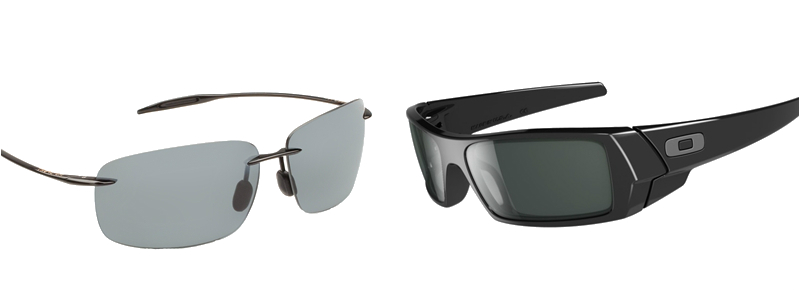Are you intending to invest in a good pair of glasses that will bless you with clearer vision? Wait! Have you measured your PD yet?
PD or Pupillary Distance is the measure of the distance between the two pupils of your eyes. It is commonly measured in millimeters (mm) and is an all-important measurement to find the right fit in eyewear. It is this measurement that is used to find the perfect lens shape for your eyes, and the alignment required to correct your line of vision with prescription glasses or lenses.
The pupillary distance of your eyes is typically captured on your prescription as “P.D”. There are two ways to measure this:
1. Binocular measurement: This measures the total distance between the center of each pupil. In this case, PD is captured as a single number, and ranges from 54-68mm (for adults) and 41-55mm (for children).
2. Monocular measurement: This measures the distance from the center of each pupil to the center of your face. This is a per-eye measurement and can be different for each pupil for people who do have perfectly symmetrical faces. When measuring monocular PD, the readings are captured as two numbers, first the left eye measurement (referred to as OS) and then the right eye measurement (referred to as OD). It ranges from 20-40mm.
In most cases, an eye test will automatically qualify you for a PD measurement. A professional PD measurement is most recommended simply because the optician has adequate practice in doing this and is hence less likely to make a mistake. However, if you find the PD measurement missing from your prescription and need this quickly to order your lenses, you can buddy with a friend to help you or take the measurement yourself.

Here’s how you do it:
• Stand in front of mirror, about 10 inches away from it. Ensure that your face is perfectly straight and facing the mirror
• Use a millimeter ruler and hold this just below your eyes. Again, take care to ensure that the ruler is perfectly horizontal. Remember, you are measuring in millimeters and even a little bit of inclination can result in a wrong PD measurement.
• Now close your left eye and align the ruler’s readings to begin at the center of your right pupil. Hold on firmly to the ruler.
• Next, open your left eye and close your right eye. Ensure the ruler stays in place without movement and note the reading that aligns with the center of your left pupil. This is the pupillary distance.
• You can repeat the above steps 3-4 times, to ensure you have an accurate reading.
Sometimes, you will find your optician listing two readings that are over 40mm (mostly in their 60s). These are near and far binocular PD readings, and are useful for bi-focal or progressive lenses.
SHOP THE BEST SELECTION OF EYEGLASSES IN THE WORLD HERE



